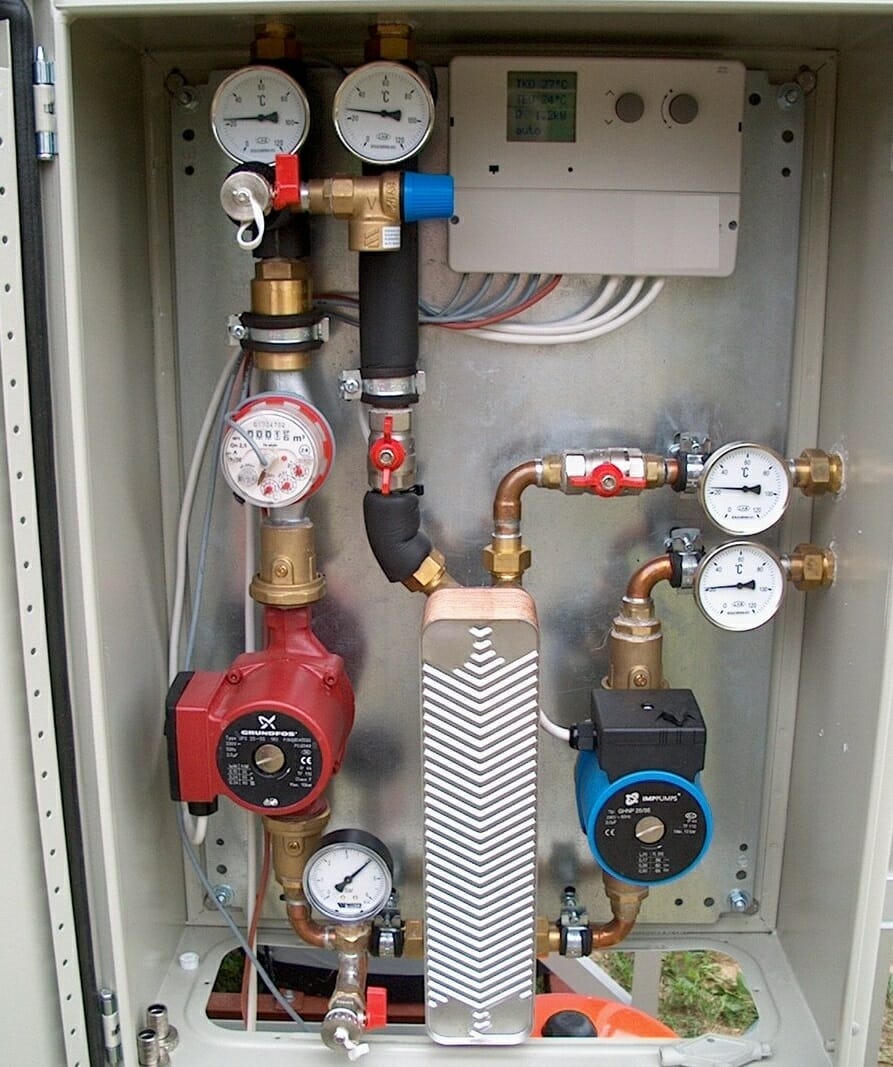The plumbing inside your home is a complex system with multiple parts that work together to keep you supplied with water and to drain it away again. It’s essential that these systems are all working, without one the other cannot perform as efficiently, and the performance will be compromised. For these reasons, it’s a great idea to have a regular service and ongoing maintenance to catch any minor issues before they can develop into larger problems that are more expensive to fix. The purpose of this article is to familiarize you with the three vital parts of your plumbing system so that you are better able to describe any problems to a plumber.
1. The Meters
The meters are designed to give you feedback; they give you a good idea of how healthy the plumbing system is. When you have the correct meters installed, they will even let you know if you have a water leak. The meters will also tell you how much water you are using each month; then you can analyze how you’re using your water supply. These are all great features to keep an eye on how your plumbing system is working; they can also help you to save money. You’re paying for the water you receive, so water wasted is literally a waste of money. By reading the meters in your home, you can adjust your water using habits to use less. Also, early leak detection followed by fixing the problem will avoid losing water and causing unnecessary water damage.
2. Pressure Gauges
Most homeowners enjoy having a good water pressure for showering and other household tasks. When our water pressure is too low, it can have a real impact, and it can be hard to get clean when showering. If this is a problem in your home, you should take a look at your pressure gauges. The water pressure can be adjusted easily, but you need to be careful. If the water pressure is set to high, it can introduce a great deal of strain into your plumbing system. This is especially true if your plumbing is older and worn, pipes and seals can easily burst when subjected to high pressures. If you’re in any doubt about how to adjust your water pressure, contact a
local certified plumber for expert advice.
3. Utility Valves
There are a number of different utility valves in your home, and it’s a good idea to know where they are in case you need to turn them off. The utility valves you need to locate are the electric valve, gas valve, and the water valve. Perhaps you have a tankless water heater, it could be far too hot for your needs, and it needs to be adjusted. In this case, it’s a good idea to understand which fuel your water heater uses when operating. This will ensure that you turn off the correct utility valve in an emergency or just before the next maintenance visit. Make sure that other adults in the home know where all the valves are if you cannot be reached.
By Giovanni Longo President Flood Brothers Plumbing
Giovanni Longo is a 3rd generation master plumber who has been practicing his craft and trade in the greater Los Angeles area for well over a decade and a half. A plumbing and hydraulics-engineering innovator, Giovanni’s particular world-class expertise focuses on dealing with challenging sewer system designs as well as resolving complex commercial and residential draining issues. As a certified Flood Mitigation expert, he is also well versed in a wide variety of water damage and remediation solution.





